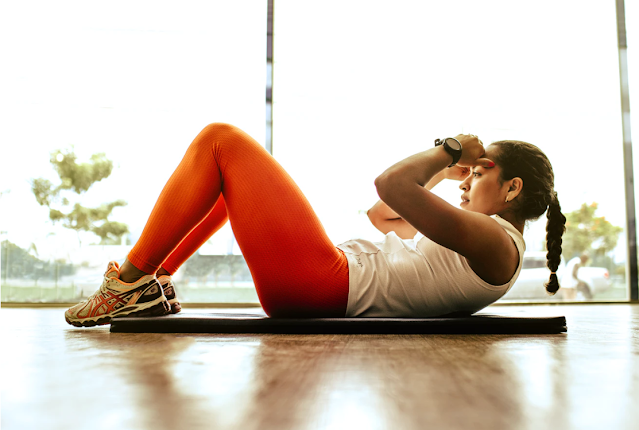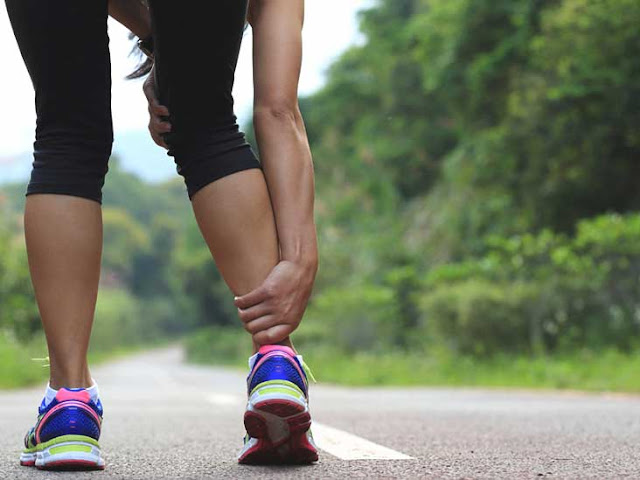For Bow Legs Exercise and Yoga as a Remedy
Exercise and Yoga as a Remedy for Bow legs
Bow legs are a condition that continues to persist within society even today, and it's possible that the reason for this is a lack of public awareness and education around the condition. It's important to understand exactly what bow legs are and how they may be caused.
It's equally important that you're able to identify the signs of bow legs before even considering a remedy. Bow legs are the unusual bending of a person's legs in an outward direction and they're most effectively addressed in their early stages rather than later when the problem has worsened.
Understanding comes before treatment Bow legs
In terms of education and awareness, it's crucially important to understand what underlying factors might be causing your bow legs before you search for a treatment.
More often than not, when it comes to children, bow legs are simply a natural and temporary stage of their development. It's often the case that children may have bow legs until the age of around 3 or 4 years, without the condition continuing into adulthood.
In some cases, however, it's possible for specific pathological conditions to cause this disorder to continue past the age of 4 years, worsening with time.
Some of the factors that may contribute to bow legs include lead or fluoride poisoning, Blount's disease, Rickets, or even fractures and breaks in the leg bones.
It's important to consult a doctor in order to understand what's causing your bow legs, as an effective treatment will depend on what's causing them.
Usually, however, treatments will comprise some sort of combined regimen of both physical exercise and medication. We'll give you a rough overview of the sort of training that's commonly used to correct bow legs.
Why combine Yoga and Exercise for Bow legs?
Bow legs involve not only the outward bending of the legs but also a subtle degradation in the body's posture. This is where the combination of yoga and exercise can come in very handy.
Yoga gives you exercise while focusing mainly on rectifying your posture, balance and smooth movement.
On the other hand, physically exercising the muscles around your knee and other joints can help support them better, and this can play a crucial role in improving their condition.
Exercising your legs with weights
First, sit down on a flat surface with your legs straight forward. Tie a reasonably light weight to your ankles- 10 pounds might be a good starting point.
Slowly, using your thigh muscles, bring both your feet and the weight as close to your buttocks as possible without causing yourself too much discomfort.
Then, move your feet back into the starting position. This exercise can be repeated around 10 times, twice or more daily.
The healing power of Yoga
Yoga is known for its ability to improve mind, body, and spirit while helping you maintain flexibility and correct your posture.
First, wrap your legs up with yoga straps- this will give them some support and strength while you perform the yoga poses that can help you straighten them.
A good example of a yoga position to start with is the yoga asana position. While standing with your legs together, yoga asanas such as the cow face, and the forward bending pose can be very effective for improving your balance and posture.













Comments
Post a Comment